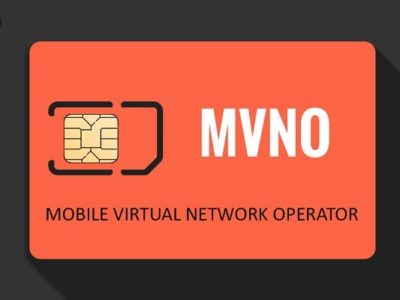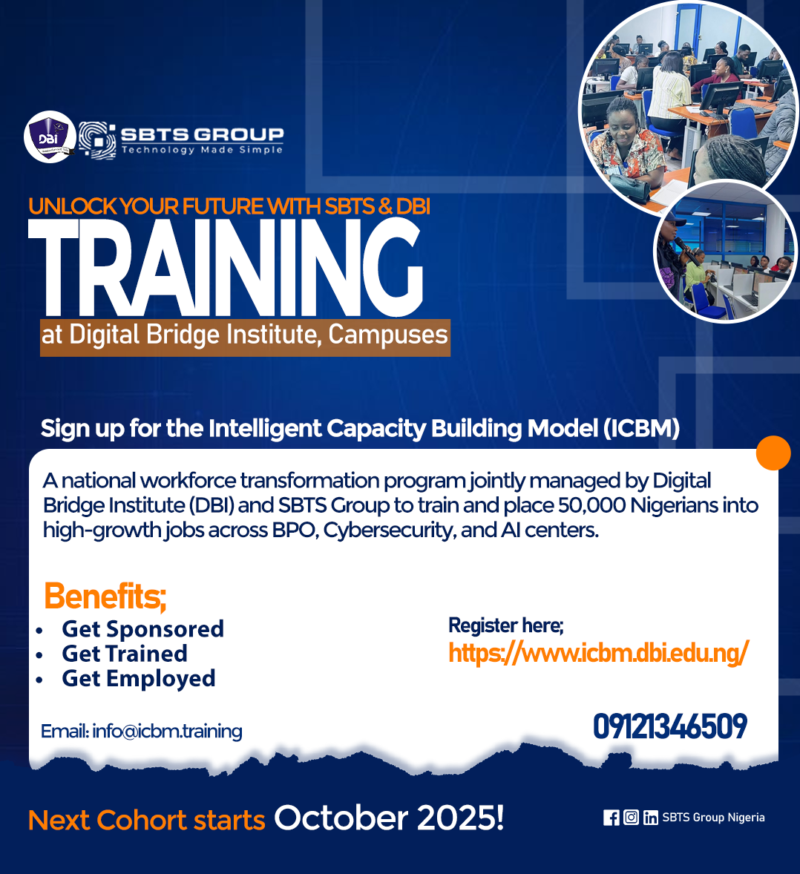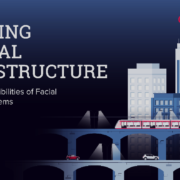Cisco (NASDAQ: CSCO), a global leader in networking and security, has introduced Agile Services Networking, a new architecture designed to help service providers deliver differentiated, AI-connected experiences at scale.
RELATED: i4 Solutions and Cisco Systems showcase the future of AI-Driven IT
The solution combines high-speed Silicon One routing, a unified software experience, and converged IP and optics into a single seamless network. This approach enables operators to cut costs, improve performance, and create new revenue streams in the AI-driven marketplace.
Early adopters including Arelion, Lumen, and Reliance Jio have already reported significant network performance gains, improved customer experiences, and cost efficiencies.
A Blueprint for Monetizing AI-Driven Services
According to Jeetu Patel, Cisco’s Executive Vice President and Chief Product Officer, the rapid pace of AI innovation presents huge opportunities for service providers to modernize infrastructure and monetize AI workloads.
“This shift presents massive opportunities for service providers to grow their businesses and reduce costs by modernizing their infrastructure for AI,” said Patel. “Our Agile Services Networking delivers the silicon, systems, and software innovation they need to thrive.”
Cisco’s upgraded Mobility Services Platform aims to accelerate revenue growth for operators, enabling them to offer advanced services and adapt to dynamic AI workloads.
AI and the Future of Mobile Infrastructure
A recent Cisco survey found that a majority of service providers expect agentic AI to dominate customer interactions within three years.
Dario Betti, CEO of the Mobile Ecosystem Forum, highlighted that Cisco’s AI push addresses two critical needs for mobile operators: performance and adaptability. As AI workloads like generative assistants and autonomous systems move closer to the network edge, the demand for low-latency, high-throughput infrastructure is skyrocketing.
“AI-ready networks could redefine the economics of mobile infrastructure investment. Instead of building for peak traffic, operators can leverage AI to fine-tune performance in real time, cutting costs while delivering superior service,” Betti noted.
Competitive Landscape and Industry Adoption
While hyperscalers and new 5G entrants are moving quickly, many established operators face budget constraints, spectrum delays, and integration hurdles. Competitors such as Broadcom and HPE/Juniper are also positioning themselves as leaders in AI networking, intensifying competition.
Nonetheless, operators like Virgin Media O2 and Odido are already leveraging Cisco’s AI-powered assurance tools to improve customer satisfaction, Net Promoter Scores (NPS), and reduce churn.
AI as the Default for Next-Gen Networks
Betti emphasized that AI is no longer an “experimental overlay” but is rapidly becoming the default operational mode for next-generation networks. “Those who fail to integrate AI into their infrastructure risk being left behind in both performance and profitability,” she warned.
If Cisco continues to execute its technology roadmap while strengthening ties with carriers and regional cloud providers, it could become a key enabler of AI-enhanced mobile networks worldwide.































